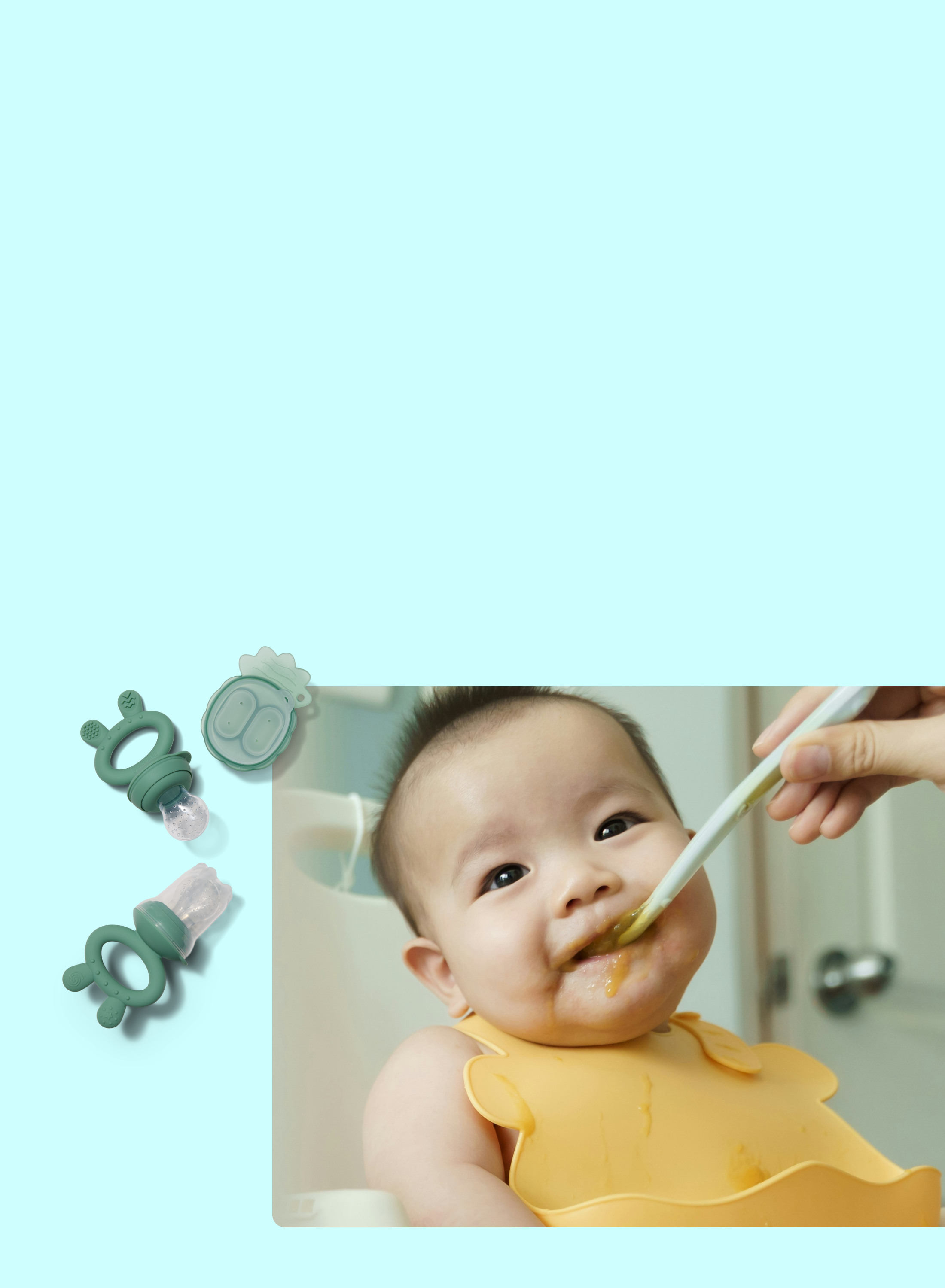
Feed them with confidence
How to make your own baby food.
Why bother DIY-ing baby food?
Find the best tools for going homemade
Invest in smart, no-waste food storage
The Bottom Line
Feeding your baby doesn’t have to be complicated or wasteful

